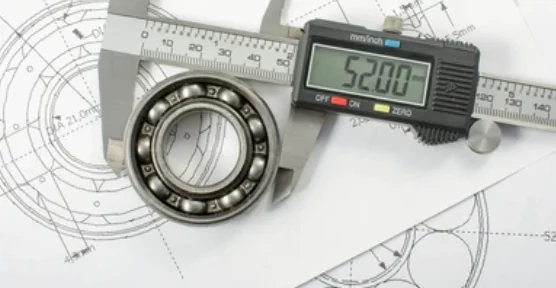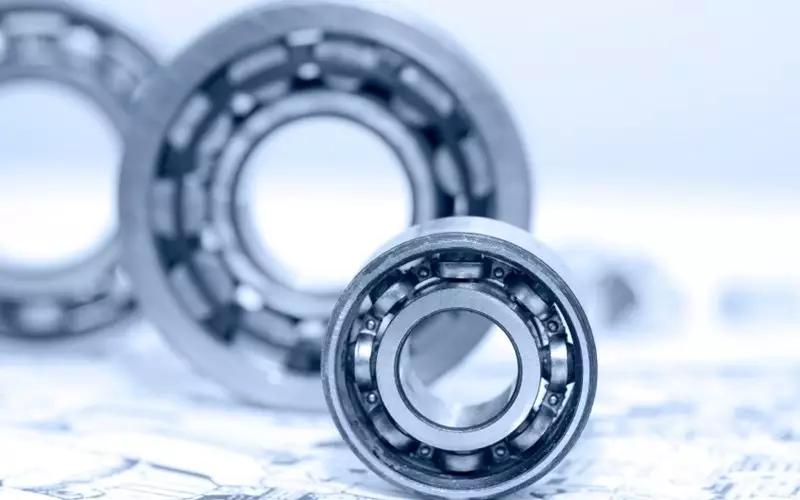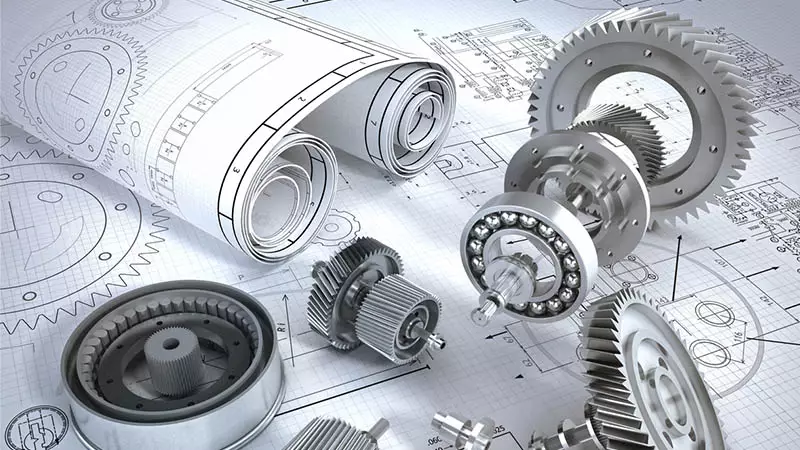
How to Install a Shaft Bearing: Key Methods and Techniques
Correctly installing a bearing on a shaft is crucial for the optimal performance and longevity of the mechanical system. The methods employed for bearing installation are often determined by factors such as the bearing type, material, and the environmental conditions where the assembly will operate. This article reviews key methods for bearing installation. The below graphic Fig A 4-9. shows the various mounting methods.

Press Fit
Press fit is one of the most commonly used methods for installing shaft bearings, particularly for small to medium-sized bearings. This method ensures that a uniform force is applied to the bearing, mitigating the risks of misalignment and material deformation.
| Interference Fit Range | Between 0.001″ to 0.003″ for shafts with diameters under 50mm; for larger shafts, up to 0.005″ interference can be accommodated. |
| Press Force Requirements | Ranges from 4 kN for smaller bearings (under 20 mm ID) to 12 kN for larger bearings (up to 50 mm ID). |
| Maximum Shaft Tolerance | ISO h6 for most industrial applications. |
| Alignment Tolerance | Maximum permissible misalignment is 0.001″ per inch of shaft diameter. |
Detailed Procedure

1 – Surface Preparation
Ensure that both the shaft and the internal bore of the bearing are free from burrs, grease, and other contaminants. The use of an industrial degreaser is recommended.
2 – Initial Positioning
Align the bearing with the shaft’s axis and place it at the edge of its designated location. Use an alignment tool if available.

3 – Press Setup
Choose a pressing tool that matches the bearing’s inner race dimensions to prevent damage.
4 – Force Application
Utilize a hydraulic or mechanical press to apply a steady, uniform force until the bearing reaches its intended position on the shaft. A force gauge may be used to monitor the applied force.
5 – Final Inspection
Use micrometers and alignment gauges to confirm that the bearing is properly seated and aligned.
Shrink Fit
Shrink fit stands out as an advanced method for bearing installation, primarily for applications requiring high interference fits or for installing large bearings. The bearings are first heated in oil for material expansion before mounting. This method prevents excessive force on the bearing rings and allows mounting in shorter times. Utilizing the principles of thermal expansion and contraction, this technique offers a high degree of fit integrity, especially for heavy-duty larger bearings.
For most applications, the bearing must be heated within a temperature range of 200-300°F. The coefficient of thermal expansion for steel bearings is around 12 x 10-6 per °F. This translates to an approximate expansion of 0.0005 inches per inch of bearing diameter for each increment of 100°F. Generally, an ISO h5 shaft tolerance works well for shrink fitting, although specific needs may vary. Cooling typically takes between 30 and 60 minutes, allowing the bearing to contract and form a tight fit.
Detailed Procedure

Begin by ensuring the cleanliness of the bearing and shaft, removing any foreign material or debris. Safety precautions such as heat-resistant gloves and safety goggles are a must. Accurate temperature monitoring is crucial; a thermal gun or probe should be used to check the bearing’s temperature at different stages.
Instead of an oil bath, an industrial induction heater can heat the bearing to the desired temperature. After reaching this temperature, quick placement on the shaft is necessary. Heat-resistant gloves or tongs are useful for this step. Once installed, the bearing should be allowed to cool naturally to room temperature, which helps in achieving a tight, secure fit.
Material Considerations and Manufacturer Recommendations
Bearings made from materials other than steel, such as ceramics, may require different heating temperatures due to differing thermal expansion coefficients. Manufacturers like NSK provide detailed thermal expansion data, while NTN offers bearings designed to withstand higher temperatures, making them ideal for shrink fits. FAG, on the other hand, suggests using induction heating and provides guidelines tailored for various bearing materials. If you are unsure of what method to use contact [email protected] for assistance.
Adapter Sleeves
Adapter sleeves are particularly useful for mounting bearings on tapered shafts or when frequent disassembly and reassembly are required. This method provides a versatile and adjustable means of securing a bearing, and it is commonly used in applications where alignment and fit accuracy are critical.
Adapter sleeves are often made from materials like stainless steel or carbon steel to withstand varying load conditions. The sleeves typically employ locking mechanisms like lock nuts or clips to secure the bearing. In terms of shaft tolerance, an ISO h9 is most common, although this may vary based on specific application requirements.
The force required to mount the bearing on the sleeve varies by bearing size and design, but it’s generally between 2-8 kN. For larger bearings or for applications involving high rotational speeds, specialized sleeves with enhanced locking features might be necessary.
Detailed Procedure
It is crucial to prepare the shaft by cleaning to remove any surface contaminants. After this, the adapter sleeve is slid onto the shaft up to the point where the bearing will sit. The bearing is then placed over the adapter sleeve, aligning it accurately to minimize misalignment errors, which could otherwise lead to operational inefficiencies.
Once the bearing is positioned, the locking mechanism, either a lock nut or a locking clip, is engaged. This involves screwing the lock nut into the adapter sleeve’s threaded section or fitting the locking clip into its designated slot. Finally, torque specifications should be checked to ensure that the bearing is secured with the correct amount of force.
Conclusion
Choosing the appropriate method for installing bearings onto a shaft is important for achieving maximum efficiency and long life from your mechanical assemblies. Whether you use a press fit, shrink fit, or adapter sleeves, each method is particular to the circumstances and environment. For a wide selection of high-quality bearings and professional consultation, consider PIB Sales as your go-to distributor.









 Short Rigid Couplings
Short Rigid Couplings Controlflex Couplings
Controlflex Couplings Jaw Couplings
Jaw Couplings Oldham Couplings
Oldham Couplings Bearing Locknuts – TCN
Bearing Locknuts – TCN Double Wide Shaft Collars
Double Wide Shaft Collars Heavy Duty Shaft Collars
Heavy Duty Shaft Collars International Series Shaft Collars
International Series Shaft Collars Keyed Shaft Collars
Keyed Shaft Collars Mountable Shaft Collars
Mountable Shaft Collars Quick Clamping Shaft Collars
Quick Clamping Shaft Collars Set Screw Shaft Collars
Set Screw Shaft Collars Thin Line Shaft Collars
Thin Line Shaft Collars Threaded Shaft Collars – Pacific International Bearing Products
Threaded Shaft Collars – Pacific International Bearing Products Two-Piece Shaft Collars
Two-Piece Shaft Collars Friction Bearing Universal Joints
Friction Bearing Universal Joints Needle Bearing Universal Joints
Needle Bearing Universal Joints

